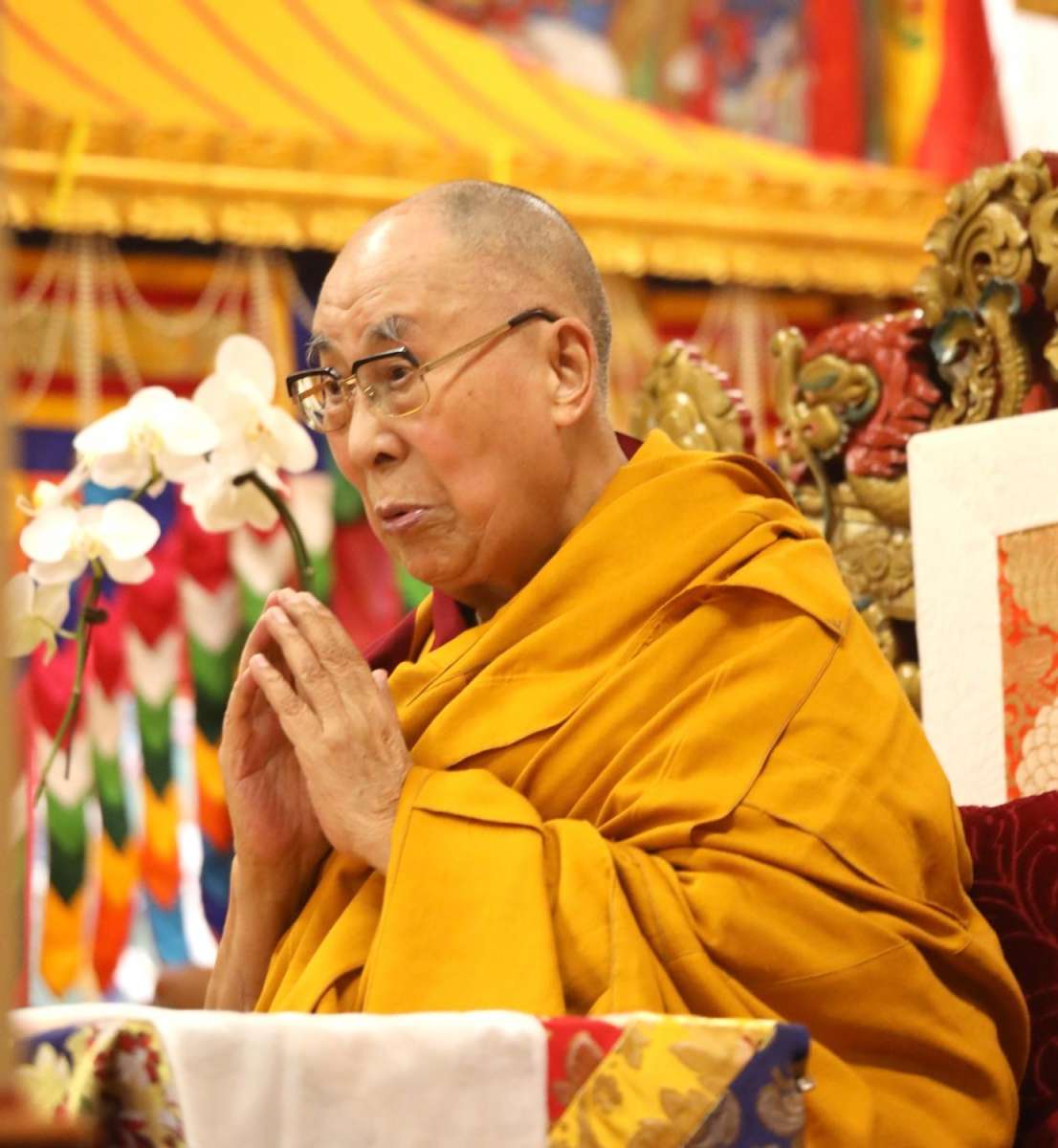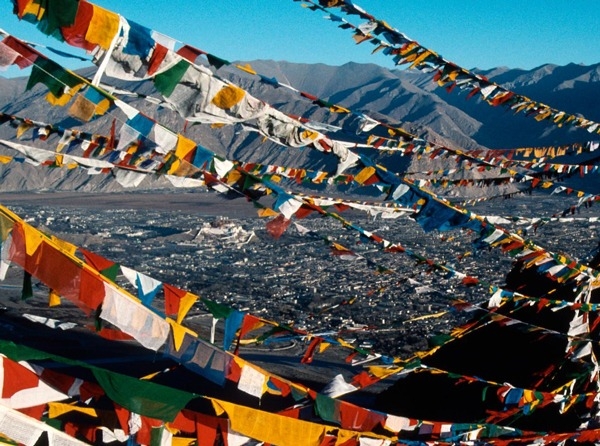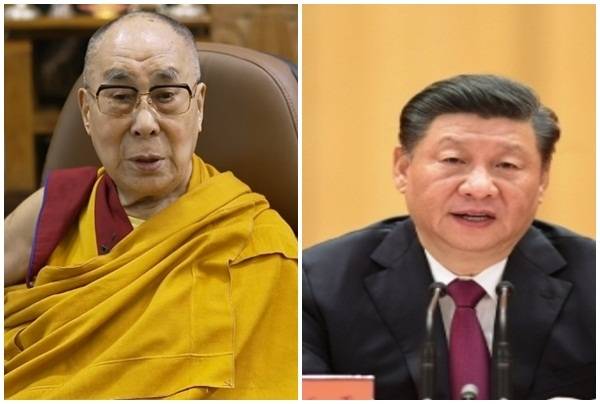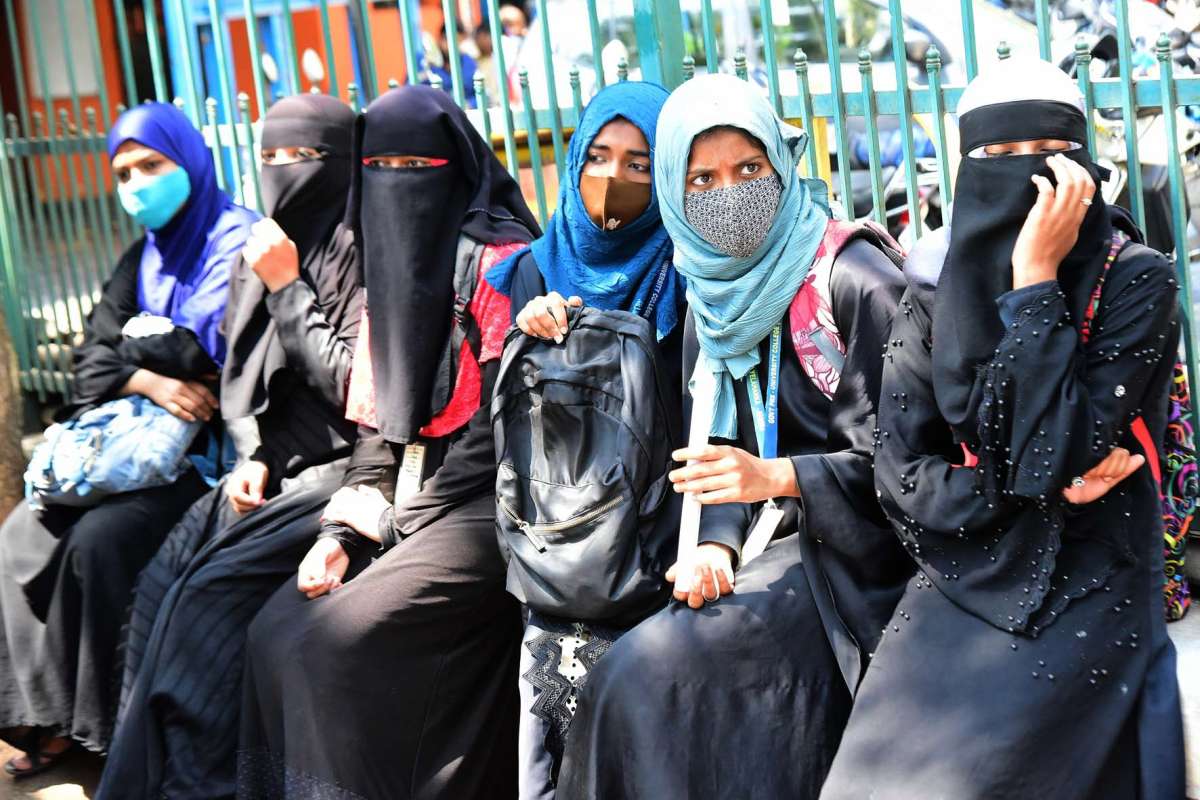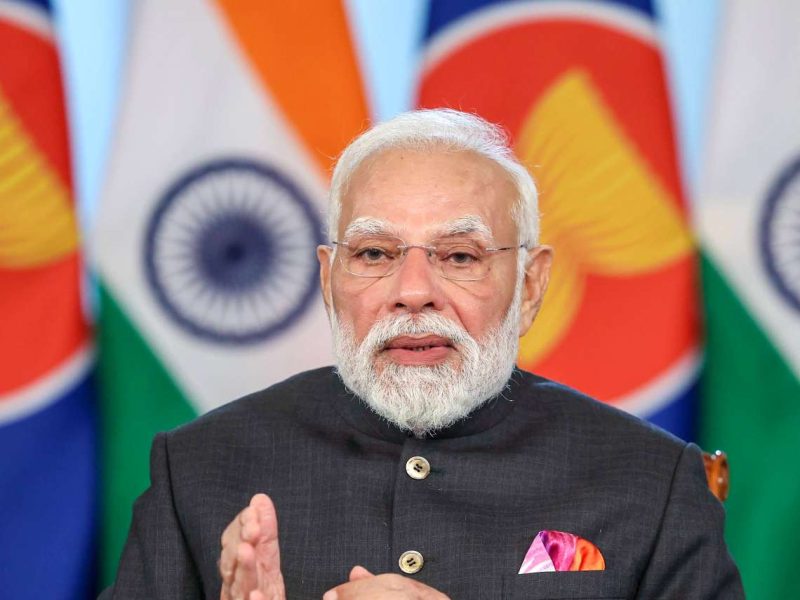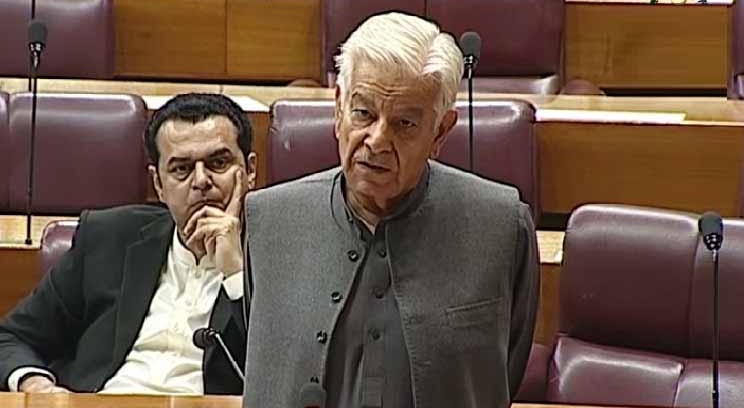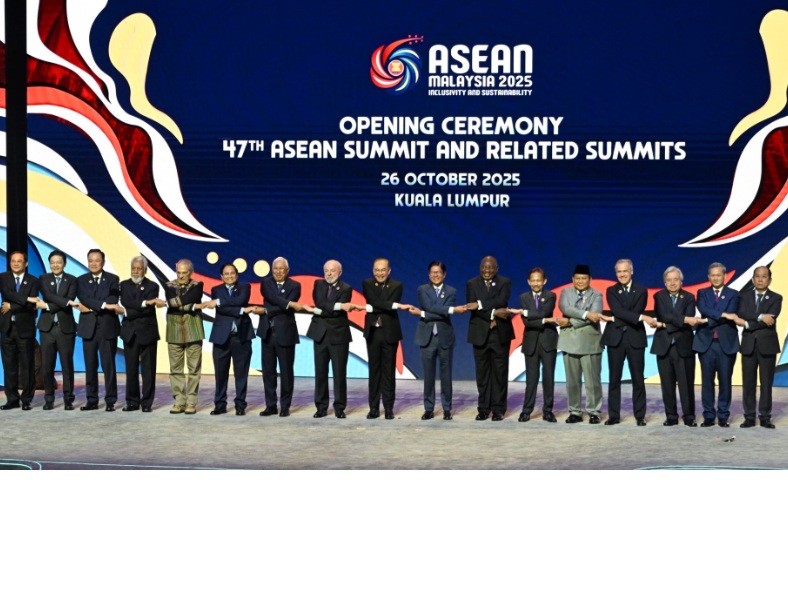According to a data, the Tibet Military District is responsible for 494 Chinese transgressions against the Indian state of Arunachal Pradesh and Sikkim borders during the years of 2015 to 2019…reports Asian Lite News
For the past few years, the People’s Liberation Army (PLA) has upgraded its high-tech weapons and conducted a series of live-fire military exercises along the Himalayan borders and in Tibet.
For instance, Global Times reported on January 5, 2020 that “China’s latest weapons including the Type 15 tank and the new 155-millimeter vehicle-mounted Howitzer were deployed in Southwest China’s Tibet Autonomous Region as the People’s Liberation Army (PLA) began a first round of exercises in 2020”.
After Xi Jinping came to power, a major reorganization of the PLA was carried out in 2015 and later in February 2016, the seven military regions were re-organised into five theatre commands.
The Western Theatre Command (WTC) was formed by the Lanzhou and Chengdue Military Regions. In 2016, Tibet Military District (TMD) has given special status (higher level) in terms of command and operation as compared to all 28 provincial military districts in China.
Subsequently, TMD is directly controlled by the PLA Ground Forces. From 1952 to 1968, the TMD was organised and formed as a second level border defence military regions under the PLA’s 18th Group Army. In 1968, it was merged under the Changu Military Region.
The Xinjiang and Tibet Military Districts operates military face-offs against Indian military in the Indian Himalayan regions of Ladakh, Himachal Pradesh, Uttarakhand, Sikkim, Arunachal Pradesh, Nepal and Bhutan.
The TMD is mostly deployed in the eastern sector of the Indo-Tibetan boundary which share borders with the Indian states of Arunachal Pradesh and Sikkim. There were many cases of Chinese military transgressions in these two Indian states.
According to a data, the TMD is responsible for 494 Chinese transgressions against the Indian state of Arunachal Pradesh and Sikkim borders during the years of 2015 to 2019.
As per this data, China and India engaged in 2,269 border skirmishes over the Indo-Tibet border in the Himalaya during the years of 2015 to 2019.
Since the China’s invasion of Tibet in 1950, China and India shares a territorial dispute along three sectors along the Indo-Tibet border regions which stretch from Ladakh to Arunachal Pradesh.
During the official flag-conferring ceremony held in Beijing on 1 February, 2016, Xi Jinping, a chairman of the Central Military Commission (CMC), “urged the theater commands to improve their ability to command and strengthen joint command and action to complete the tasks of routine combat readiness and military actions”.
Since then, there have been different intensive military exercises which also involved joint military exercises between different theatre commands, including the Western Theatre Command, which overlooks the security of East Turkestan (Xinjiang) and Tibet.
All this centralisation of the command system indicates that China is planning to create a new front in the Indo-Tibet border.
The Western Threatre Command have been recently conducted multiple PLA trainings and military drills such as attack drills, defence exercises, combat training, reconnaissance training drills, logistics training drills, air exercises, live-fire exercises and night-time military drills in Tibet.
While pressuring India to stop the construction of roads in the Galwan Valley and Pangong Tso, China continues to develop an enhanced transport network, border defence villages and military infrastructure across Tibet bordering India.
China’s Military and Infrastructure Developments in Tibet’s Border Regions
According to the latest report that issued by Xinhua on April 3, 2022, stated that “Southwest China’s Tibet Autonomous Region plans to invest 140.4 billion yuan (about $22 billion) in major infrastructure developments in Tibet”.
This heavy investment further boost and strengthen the Chinese military and security developments in Tibet’s border regions, which has a long-term strategic ramification in South Asia.
This is further proved by the satellite images released by the space technology company Maxar. The structures consisting of bunkers, tents and storage units for military hardware built by the PLA overlooking the Galwan River were not visible in aerial photographs earlier in June 2020. Hence, in dealing with India, there is a dualistic approach from Communist China.
However, the Chinese construction of a road right across Kaurik pass threatens the security of India. Not only this, the existence of the East Turkestan-Tibet highway, which is closer to Kaurik pass, is one of the important strategic roads for the deployments of PLA’s soldiers and military hardware during the time of 1962 border war with India.
On May 29, 2021, Himachal Pradesh Chief Minister Jai Ram Thakur along with Director-General of Police Sanjay Kundu visited the forward areas of Lepcha in Kinnaur and Lahaul-Spiti districts. Accompanied by cabinet minister Dr Ram Lal Markanda, after the inspection, the chief minister was quoted by a media outlet as saying: “It’s true that China is building roads and ramping up other infrastructural projects along the state’s borders in the Tibet region. It appears China is planning to set up its surveillance network at some vantage point which is located at a higher elevation so as to keep an eye on our side of the borders.”
From a strategic point of view, Himachal Pradesh is important because it shares a 260-km-long porous border with Tibet in Kinnaur, Lahaul and Spiti districts. Of the total border length, 140 km lie in the Kinnaur district, while 80 km come under Lahaul and Spiti districts.
In addition to this, the outfitting of 5G at the radar station in Tibet will further enhance the military communications and support a sprawling network for the rapid deployment of army and weapons along the India-Tibet border.
For the past decade, in the name of poverty-alleviation programmes, nearly 266,000 Tibetan nomads and farmers have been transferred into 960 new relocations near Tibet’s border with India. The long-term plan of these mass relocation programs is to occupy and safeguard the Tibet border.
Moreover, in Tibet, the party-state has systematically connected the major isolated border villages to highways and most of the border villages are now brought under the centralised surveillance system network.
China is building massive dual-use infrastructure developments across the Indo-Tibet border regions for ensuring stability and securing the Chinese notion of national unity and development.
In 2017, Communist China released its plan for the ‘Construction of Villages of Moderate Prosperity in Border Areas (2017-2020)’.
The objective of this plan is guided by Xi’s governing strategy for Tibet: “(To) govern the country well we must first govern the frontiers well, and to govern the frontiers well we must first ensure the stability of Tibet.”
Since 2017, China has constructed more 628 border defence villages in Tibet’s border regions which shares borders with India, Nepal and Bhutan.
These newly built border defence villages are strategically served as border watch posts for Chinese military. And at the same time, it assists to Chinese border patrols for limiting cross-border Tibetan migrations.
According to South China Morning Post issued a report on December 6,2020, which says that “Indian media as well as Australian and US-based think tanks claim that the Chinese construction of the village of Pangda, on the west bank of the Torsa river, is 2.5 km inside the Bhutanese border”. But China claims that Pangda village is rightly built in the territory of Tibet.
The United States Department of Defence published its ‘Report on Military and Security Developments Involving the People’s Republic of China – 2021’ in which it mentioned that China had built a 100-home civilian village “inside disputed territory between the Tibet Autonomous Region and India’s Arunachal Pradesh state in the eastern sector of the LAC”.
Some of border defence villages that China built in Tsona and Lhantse regions of Tibet, which shares border with Arunachal Pradesh. These villages are mainly built on the strategic locations in the Himalaya’s frontiers.
China’s military transgressions and encroachments for India, Bhutan and Nepal are strategically designed by the Chinese communist leaders’ perception that Tibet is the palm (of a hand) and the Himalayan regions are the five-fingers.
China considers Tibet as the palm and Ladakh, Nepal, Sikkim, Bhutan and Arunachal Pradesh as the five-fingers. This expansionist strategic design (plan) is perceived by the Chinese strategists to its claim over Tibet and its neighbouring countries.
Despite having 22 rounds of border talks between Special Representatives of India and China for resolving border conflicts and the 16 rounds of talks between Corps Commander-level between India and China over the Indo-Tibet border, China has not shifted its expansionist policy towards Tibet and the Himalayan regions.
Around six decades prior, George Ginsburgs and Michael Mathos aptly summed up the importance of Tibet in the following words: “He who holds Tibet dominates the Himalaya piedmont; he who dominates the Himalaya piedmont threatens the Indian subcontinent; and he who threatens the Indian subcontinent may well have all of South Asia within his reach and, with it, all of Asia.”


